Additional Information
There are various applications for woven geotextile, but it is mostly used in the field of soil erosion control, soil stability and drainage.
In the manufacture of woven Geotextile fabric, a method similar to the manufacture of other industrial fabrics is used to make a strong woven fabric. The fabrics used in the manufacture of woven Geotextile are very lightweight and strong, so moisture will not pass through them quickly or effectively. Woven Geotextile fabrics also have tensile strength and have a plastic appearance so that you can see the pattern of the weave on their surface.
As you know, woven Geotextiles are produced using weaving. In this process, the warp and weft yarns woven vertically and horizontally give woven Geotextiles a high load capacity, which makes woven Geotextiles very suitable for applications such as airport runway construction.
Woven Geotextile Weave
The weaving of yarns in woven Geotextile has two meanings, which means that these Geotextiles are not very porous, which makes them not very suitable for civil engineering projects where drainage is very important. But this feature makes them ideal for some civil engineering erosion control projects where water must be transferred from the surface without being drawn down through the soil below. Woven Geotextile is an affordable solution for a variety of applications, including:
- Stabilizing construction entrances and staging areas.
- Bridging soft soils.
- Separating different soils.
- Reinforced soil structure.
- Coastal erosion control.
Woven Geotextiles are today one of the most widely used types of Geotextiles, which are used in various industries such as road construction, railways, construction of defensive barriers in banks and construction of runways in airports.
Features of Woven Geotextile
- Woven Geotextile is very lightweight, so it is easier to transport and move on site.
- The costs of transportation and labor are much lower, so they are very affordable.
- Woven Geotextile has high tear strength.
- Woven Geotextiles also have high electrical resistance.
Technical Specifications
|
Mass per total unit |
g/m2 |
1100 |
ASTM D5261 |
|
Mass per unit of nonwoven geotextile |
N |
750 |
|
|
Grab Tensile(MD) |
N |
5046 |
ASTM D4632 |
|
Elongation Grab(MD) |
% |
75 |
ASTM D4632 |
|
Grab Tensile(CD) |
N |
5413 |
ASTM D4632 |
|
Elongation Grab(CD) |
% |
72 |
ASTM D4632 |
|
Thickness |
mm |
4.4 |
ASTM D5199 |
|
CBR |
N |
9307 |
ASTM D6241 |
Installation and implementation steps
To install geotextiles properly, engineering instructions should be considered:
- The desired surface should be cleaned of weeds, extra soil, sharp and sharp stones, etc.
- All cracks and seams and soil highs and lows should be taken and corrected.
- The woven geotextile fabric should be spread out with minimal wrinkles and the seams should be taken with pins, nails, industrial welding machines, etc
- The use of adhesive coating between 1-1.351/M2 of remaining asphalt should be done evenly.
- In the end, a hot coating or asphalt should be poured over them.
Applications
Arming loose load-bearing soils, arming the bottom of the sea and or rivers for the construction of piers and structures, as bags of different sizes that are filled with sand and gravel and play the role of breakwater or barrier for heavy water flows.

Related products
Iso Cement
Geomembrane
Geosynthetics
Geomembrane


 العربية
العربية فارسی
فارسی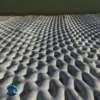
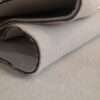
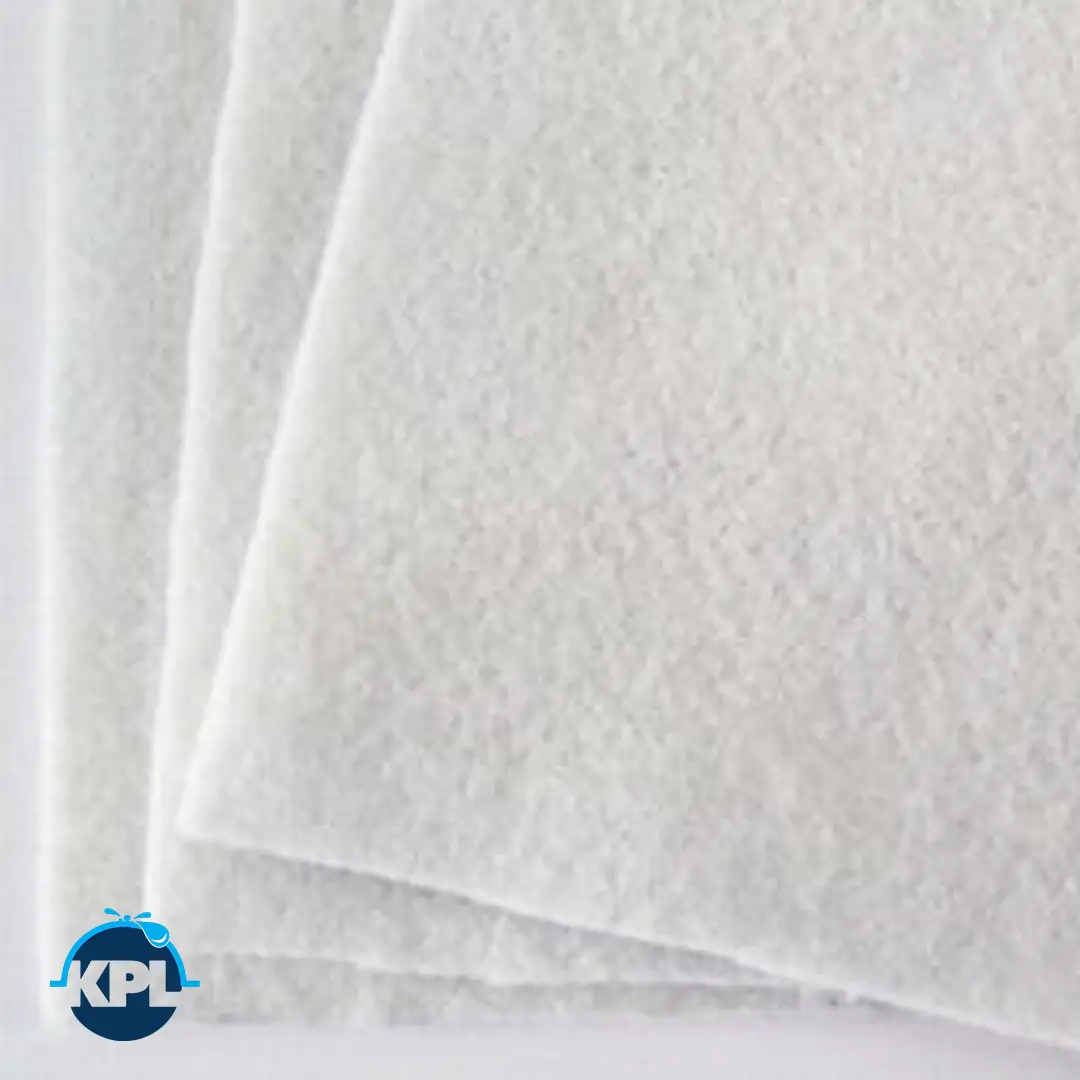

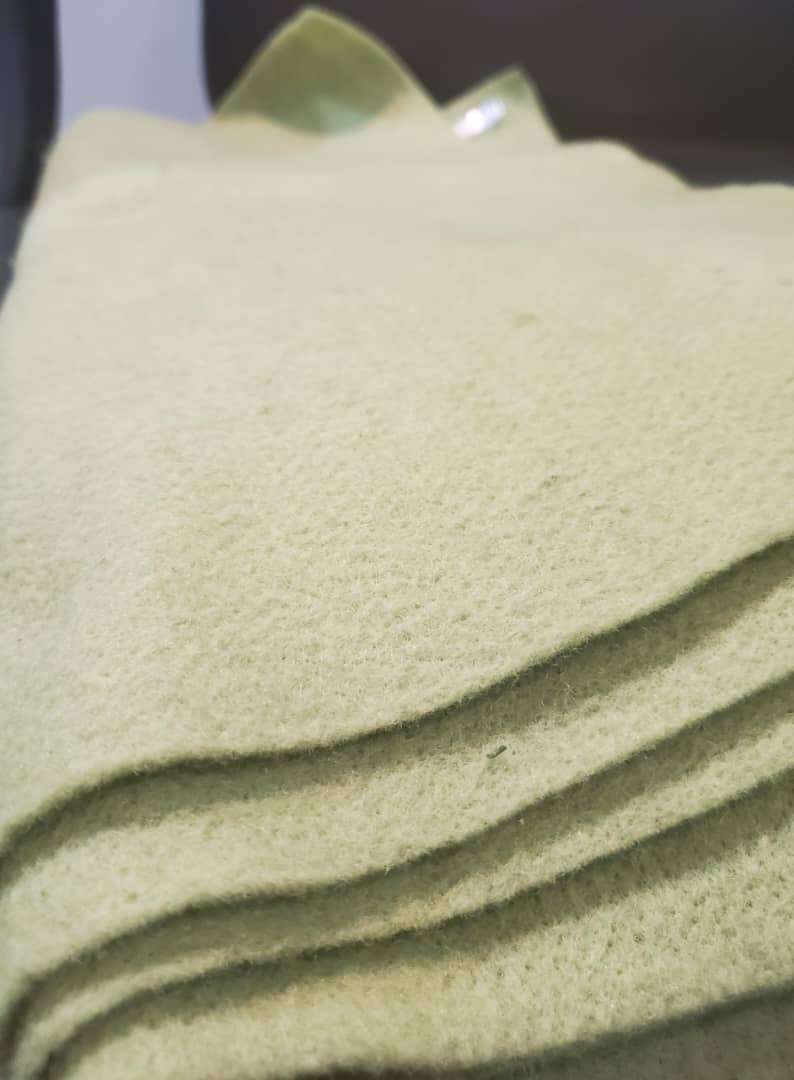

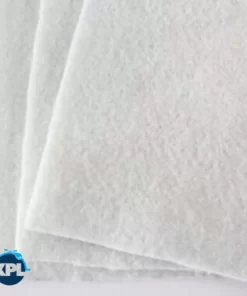

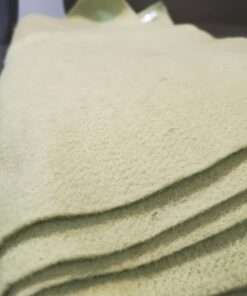

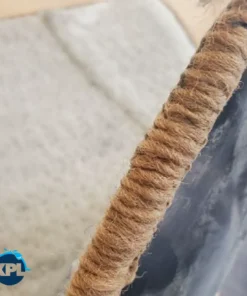

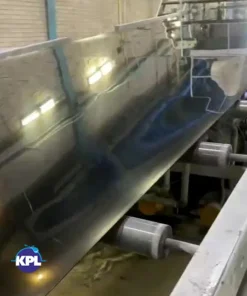
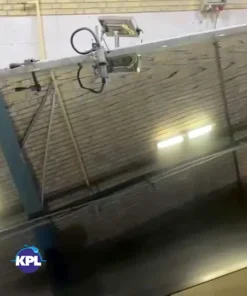
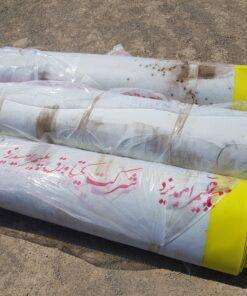

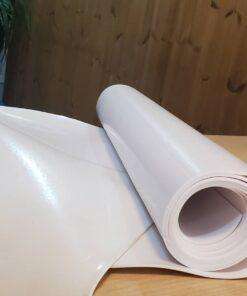


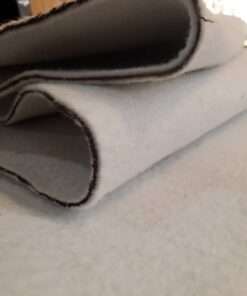
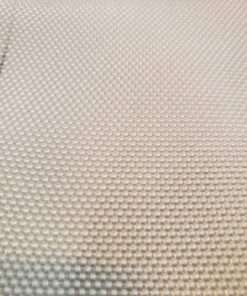



Reviews
There are no reviews yet.